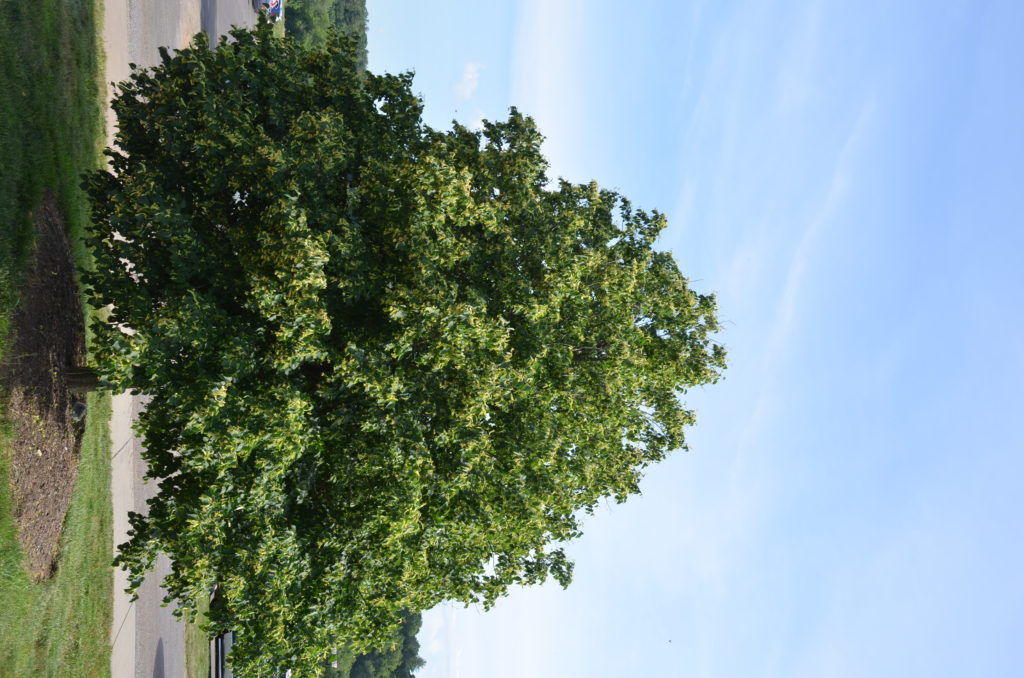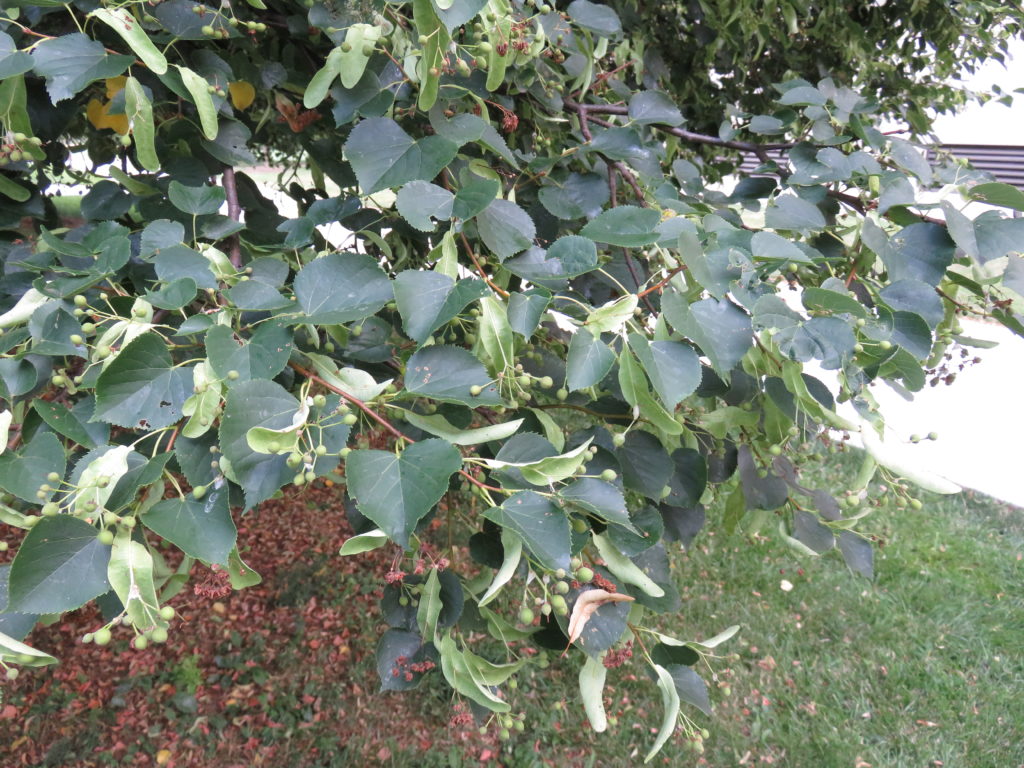Littleleaf linden

Littleleaf linden (Tilia cordata) is highly praised as an excellent urban shade tree. The species reaches 60 to 70 feet tall and spread of 30 to 40 feet. The foliage tolerates several urban pollutants. This durable tree is often utilized as a street and park tree because of its environmental adaptability. Two year old established are moderately drought-tolerant. It is easily grown in an average, well-drained, moderately acidic soil and in full sun (USDA hardiness zones 3 to 7).
Three-inch-long, shiny, dark green, ovate to cordate leaves persist through autumn. Fall leaf color turns pale yellow-green and is rarely remarkable. Tree blooms abundantly in June and the unusual, early summer flowers are both showy and fragrant. Small clusters of creamy yellow flowers form dangling cymes.
Flowers morph to become single winged nutlets through summer as they ripen in late summer. Flowers attract butterflies and bees and linden honey is highly rated.

Littleleaf linden seems not to be troubled by significant insect or disease issues. Injury from Japanese beetle feeding is often temporary and new aftergrowth masks leaf feeding. Pesticide applications over the first three years is recommended.
There are a number of cultivars available on the market, each with slightly different ornamental or size characteristics. Indigenous to Europe, all kinds of lindens are popular as tall hedges and windbreaks.
‘Chancellor’ grows more compact than the species, to about 50 feet high; the upright, habit of young trees becomes more pyramidal with maturity.
‘Greenspire’ is a shorter version of the species, grows 50 feet tall and develops a neat pyramid shape.
Shamrock® (T. cordata ‘Baileyi’) is similar to Greenspire, with a more open crown, spreading 30 feet wide.
Summer Sprite® (T. cordata ‘Halka’) is a compact selection with a rounded shape, reaching only about 20 feet high and 15 feet spread.
‘June Bride’ grows 30 to 45 feet tall and 25 to 30 feet wide; displays a slower growth rate with a dense pyramidal to oval crown.

 Posted in
Posted in 
